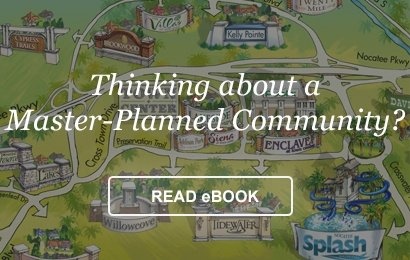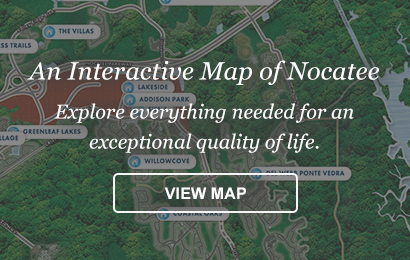In 1973, the average size of a single-family home was 1,525 square feet. By 2010, the average home size had increased to 2,169 square feet. And the square footage figure continues to rise.
In the 2013 What Buyers Really Want report, the National Association of Home Builders found that buyers now want a home with a median of 2,226 square feet. That’s 17 percent more space the average respondent has now (1,906 square feet). And not surprisingly, younger home buyers -- who are more likely to have children and a growing family -- wanted even more space: Buyers under age 35 desired an average home size of 2,494 square feet, compared to 2,065 square feet for those 65 and over.
More Clutter
While the size of the American family has remained relatively stable, even decreasing slightly in recent years, the desire for larger homes may be tied to the growing amount of possessions the typical American family accumulates. Fifty years ago, observers say, most families had one television. Today, the average family has 2.5 televisions -- many of them jumbo-sized TVs that take up more space than their earlier counterparts. Add in home computers, media systems and other modern high-tech gadgets, plus exercise equipment, children’s toys and typical home furnishings, and it seems today’s family is drowning in stuff.
A 2012 study supports that belief. As part of their research for Life at Home in the Twenty-First Century, sociologists visited 32 typical American families and documented their possessions. In one home, researchers catalogued 2,260 separate, visible possessions in the first three rooms alone! And that excludes items not on display, such as objects kept in closets or drawers.
Room to Grow
Responding to this desire for more space, master-planned communities typically offer spacious homes that feature added storage options as well as multi-car garages for additional storage space.
“Because master-planned communities are designed and laid out in advance, builders can research the market and design homes to suit the needs of today’s families,” says Richard Ray, president of The PARC Group, Nocatee’s developer. “As a result, today’s master-planned communities tend to offer a greater concentration of larger homes than a buyer might find in a traditional neighborhood.”
Nocatee’s Greenleaf Preserve, for example, features homes ranging from 2,800 to 5,000 square feet, with ample closet space as well as two- and three-car garages. Nocatee’s Willowcove neighborhood features even larger homes, some of which come with four-car garages.
“Nocatee’s location near the ocean, the Intracoastal Waterway and the Nocatee Preserve attracts homeowners who live an active, outdoor lifestyle,” Ray says. “Having more garage space gives our residents a place to store bicycles, golf carts, kayaks and other outdoor gear without taking up valuable space inside the home.”
For more information on Nocatee home styles, visit the Nocatee Welcome Center or call 1-800-NOCATEE.





